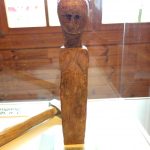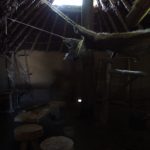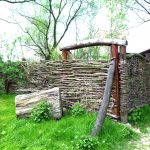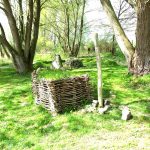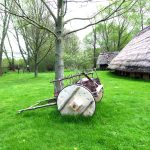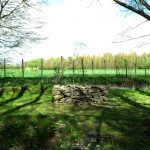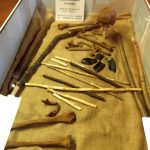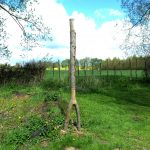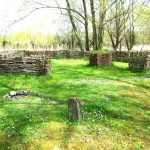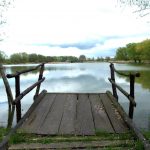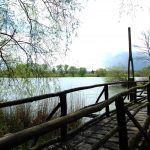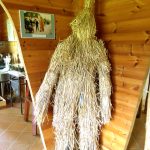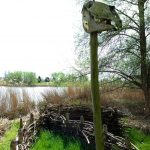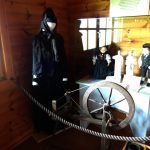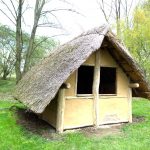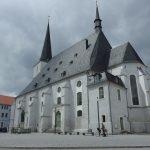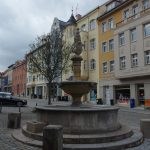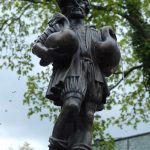This was a place of incredible energy that buzzed just beneath the peaceful, rural surface.
Gallery: Opfermoor Vogtei
At the heart of Germany lies sacrifice. When I planned this trip, I knew I had to stop at Opfermoor Vogtei, where the remains of thousands of years of both animal and human sacrifice were unearthed in the 20th century. What I didn’t know was the bog was located at the geographical center of the country. IN one of the many unforeseen dramas of this trip, I botched my schedule the day we were supposed to go here. Instead of foregoing the experience, I drove back 2 hours the next day to see this. I will forever be glad I did.
Since the Neolithic Age and well into 11th century, Opfermoor was a major religious center for Germany’s pre-Christian ancestors. The location itself has an intense, electrified energy. The site has several altars dedicated to different gods throughout the compound. Thousands of animal and human bones have been recovered, and only a small portion of the bog has been excavated. I spent the better part of an hour having a conversation with the museum curator (in broken German, she spoke no English. I was proud of myself for being able to understand her as well as I did.) about the site and it was fascinating. It is unfortunate that this is so far off the beaten path, since it was truly one of the most amazing things I have ever had the privilege of seeing.
Gallery: Weimar
We stopped in Weimar on our way from Leipzig to Opfermoor Vogtei. Weimar was a charming Thuringian city in Central Germany, home to literary icons like Goethe and Schiller, the Wiemar Republic, Bauhaus, and a town idealized by the Nazis as a ideal of German culture. It is also home to Buchenwald Concentration Camp, which we did not go to. One of the more interesting things Elliott and I noted in Weimar was a noticeable lack of small children.
Article: Kassel – a visit with the Brothers Grimm
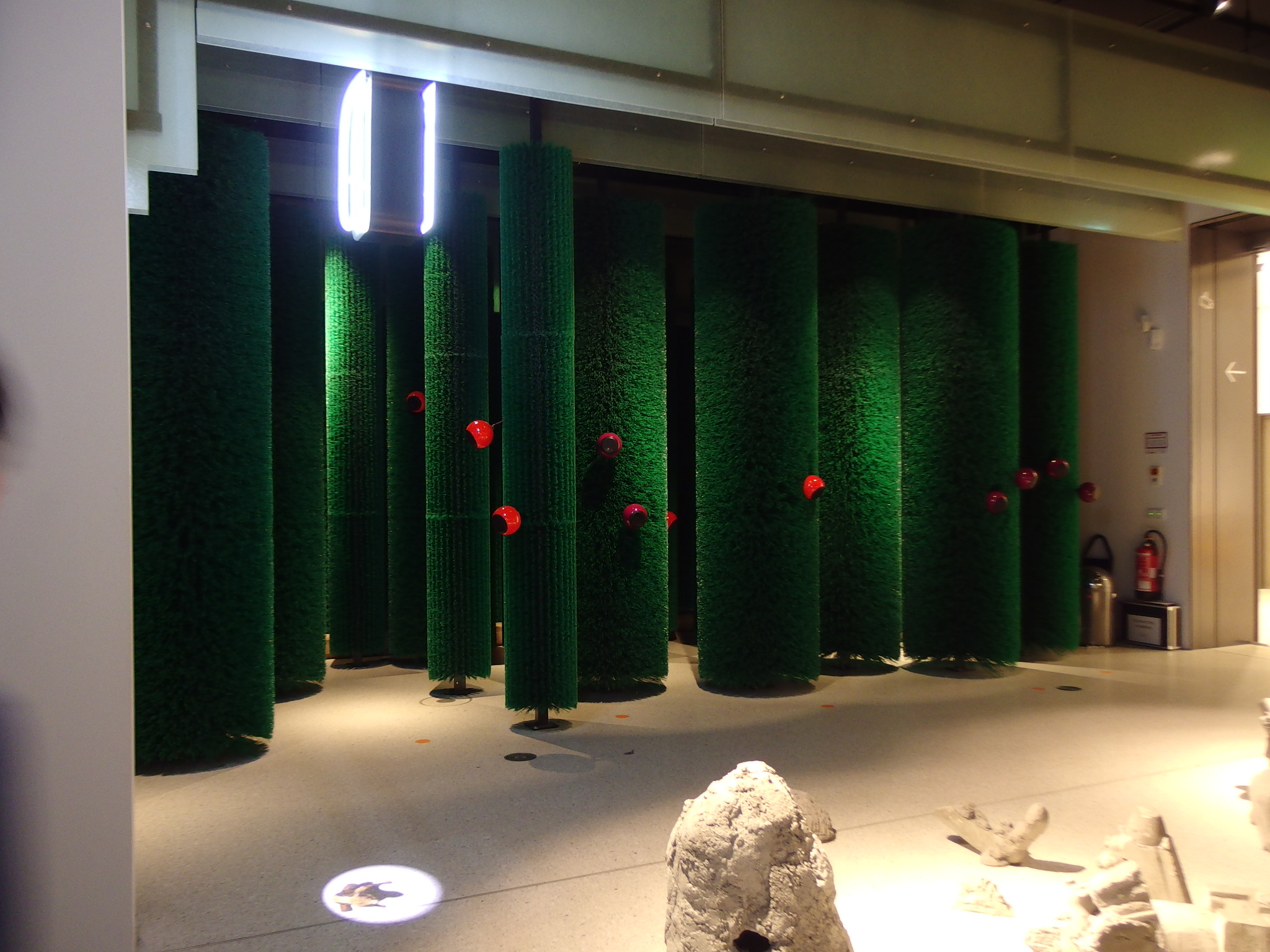
Kassel – a visit with the Brothers Grimm
Jakob and Wilhelm Grimm were collectors of folk tales, but also linguists, cultural researchers and politicians. The museum in Kassel presents their work in multimedia and interactive exhibits.

